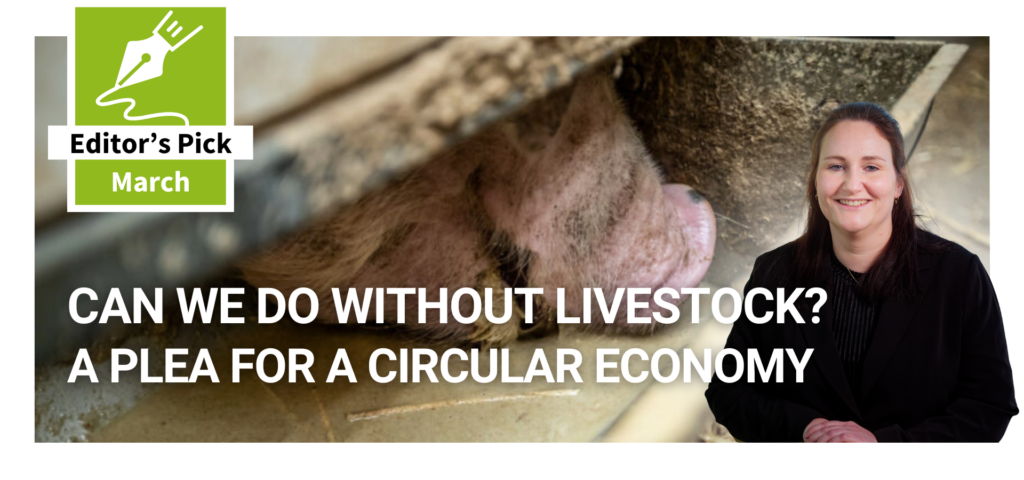Evonik halts methionine production

Evonik has said it has temporarily shut down the production of methionine at its 2 Antwerp-based manufacturing facilities.
The firm declared force majeure to its suppliers after problems with the supply of hydrocyanic acid.
Emmanuel Auer, head of the animal nutrition business line at Evonik said: “Unfortunately we have suffered an outage of HCN supply for our methionine production. The supply failure impacts both of our methionine plants in Antwerp.
“We have decided to send a Force Majeure notification to our customers and suppliers with immediate effect, in accordance with our contracts.”
The firm said it was trying to meet customer demand with existing stock and that it did not expect any impact on earnings.
The technical teams are working hard to solve the problem and customers will be kept informed as the situation develops,” a statement added.











